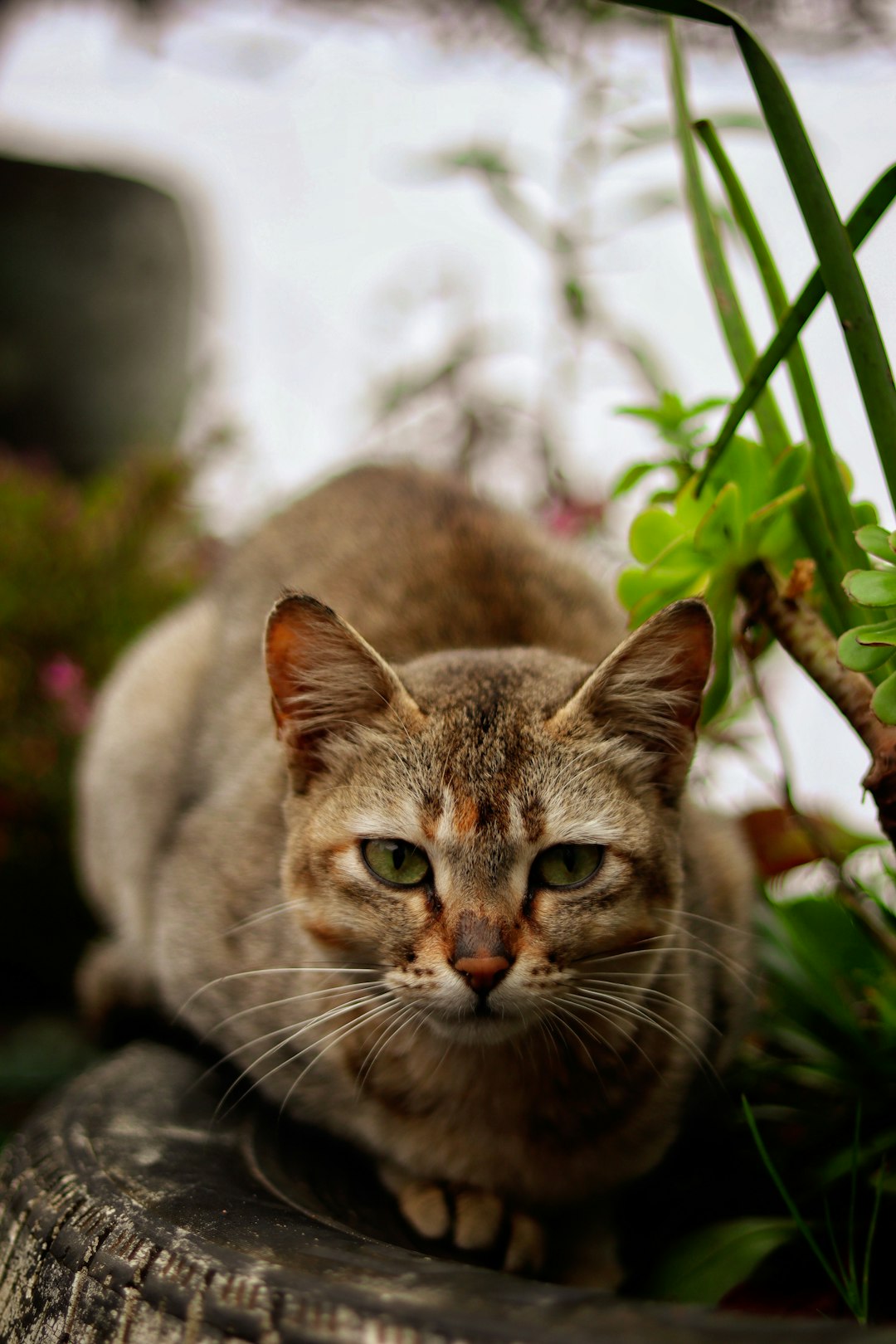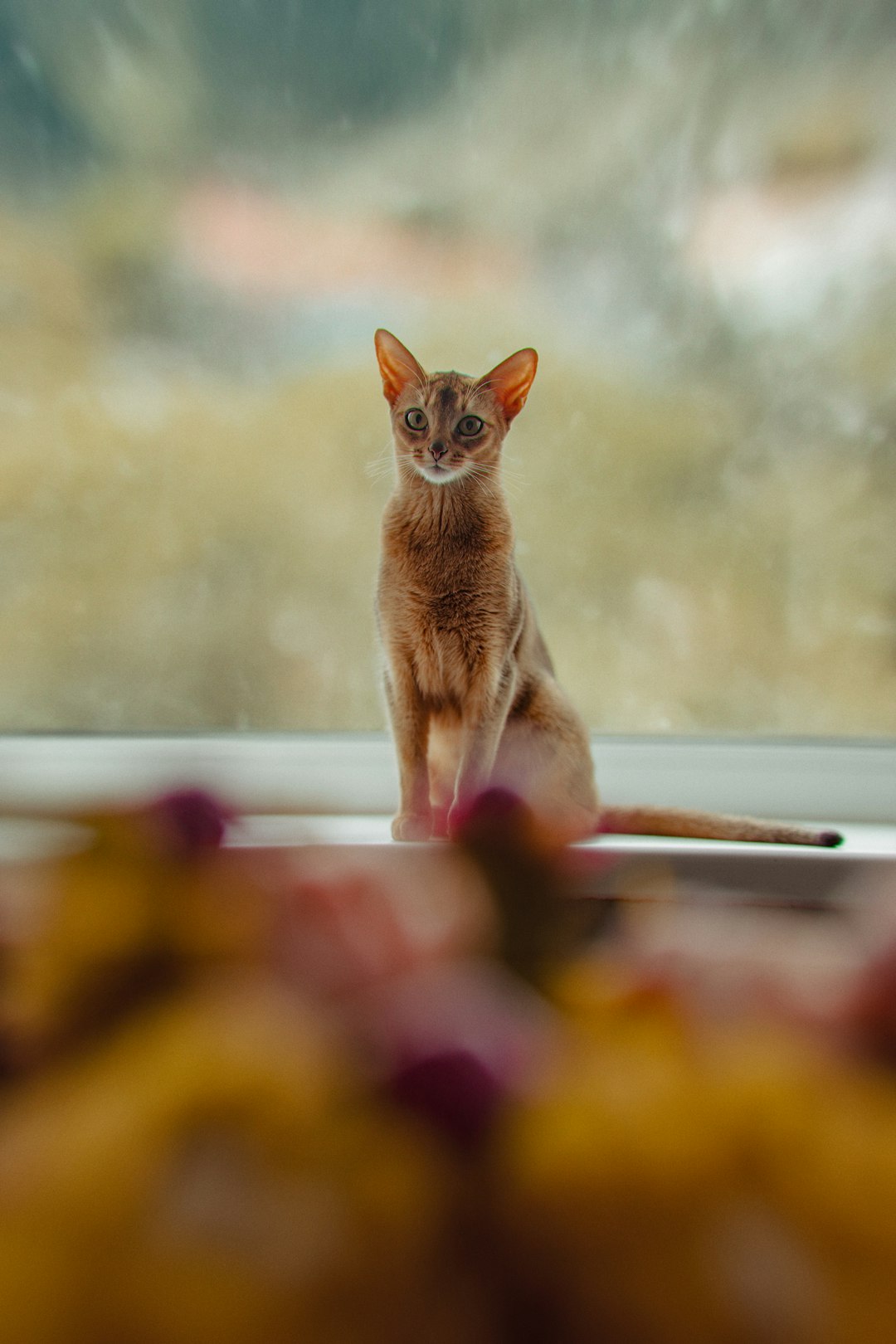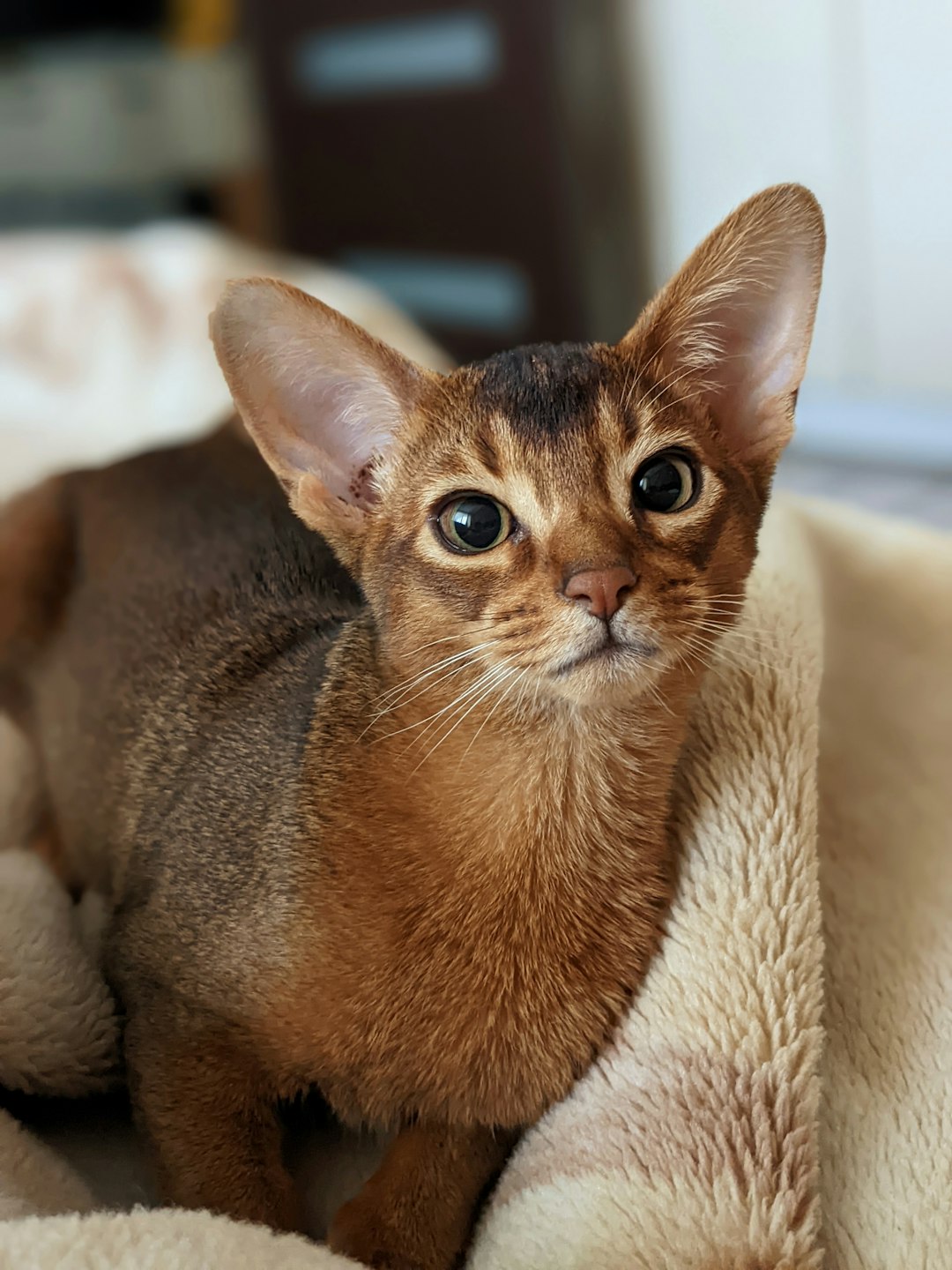The Siamese lynx, with its stunning appearance and distinct personality, captivates many pet lovers. This unique blend of the Siamese cat and lynx characteristics leads to fascinating physical traits and engaging behavioral patterns. Moreover, understanding their specific care requirements can significantly enhance their well-being. From creating the optimal living environment to ensuring their nutritional needs are met, each aspect plays a role in nurturing a healthy Siamese lynx. As we explore the essential traits and care for these remarkable animals, you’ll discover how to provide the best life possible for your feline companion.
Physical Characteristics of the Siamese Lynx
The Siamese lynx is a strikingly beautiful and uniquely bred feline that combines traits of the Siamese cats and the lynx. Here are some of its notable physical characteristics:
Size:
- Typically medium-sized, Siamese lynx grow to about 8-15 pounds.
Coat:
- The coat is short and sleek, resembling that of a Siamese but often with lynx-like tufts on the ears.
- Colors range from creamy beige to darker shades, often with distinctive color points on the ears, face, paws, and tail.
Eyes:
- These felines boast mesmerizing almond-shaped blue eyes, a hallmark of the Siamese breed.
Ears:
- The characteristic triangular shape and ear tufts can be reminiscent of a lynx, adding to their wild appearance.
Body Structure:
- The Siamese lynx has a slender, agile build, suitable for climbing and jumping, much like a lynx.
By understanding these physical traits, potential owners can appreciate the beauty and uniqueness of the Siamese lynx.
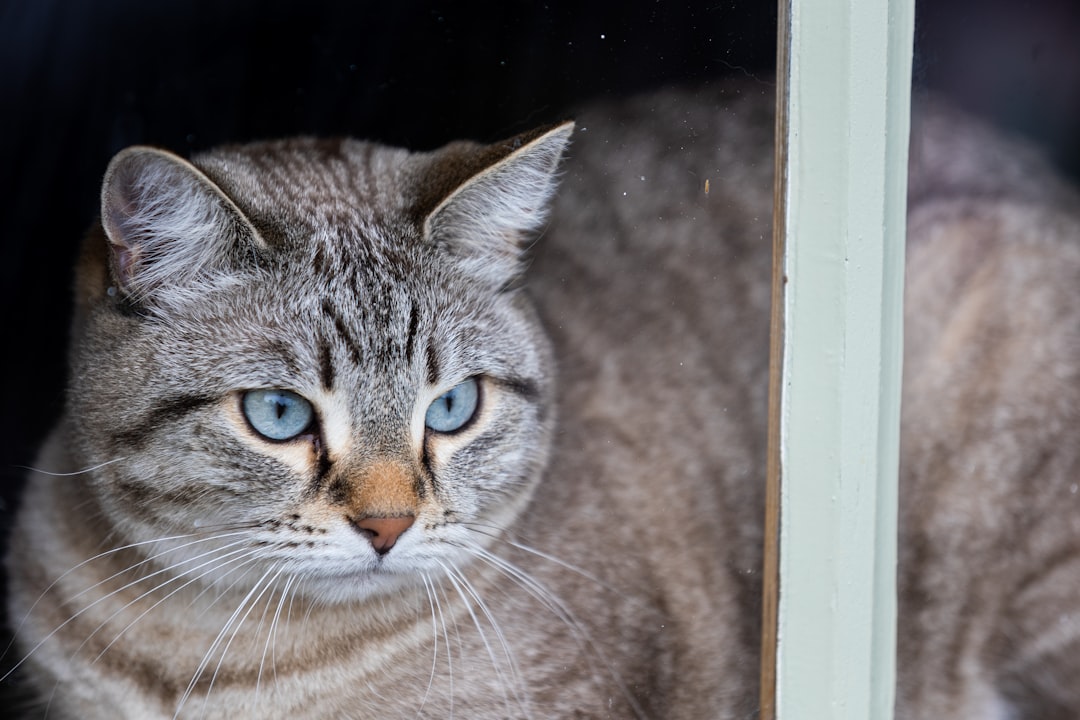
Behavioral Traits and Temperament
The Siamese Lynx boasts a distinct personality that sets it apart from other feline breeds. Understanding these traits is crucial for potential owners. Here are some key behavioral traits and temperament characteristics of the Siamese Lynx:
Social and Affectionate: Siamese Lynx cats thrive on companionship. They bond closely with their owners and often seek attention, making them great family pets.
Intelligent and Curious: This breed exhibits remarkable intelligence. They enjoy exploring their surroundings and solving puzzles, which keeps them mentally stimulated.
Playful: Siamese Lynx cats remain playful well into adulthood. They love interactive play and may engage you in games, showcasing their energetic nature.
Vocal: One standout characteristic is their vocalization. Siamese Lynx cats communicate frequently, expressing their needs and desires through distinctive meows.
Adaptable: They adapt well to various living situations, whether in a busy household or a quieter setting. However, they do require social interaction to avoid loneliness.
By understanding these behavioral traits, owners can create an enriching environment that allows their Siamese Lynx to thrive and flourish.
Best Living Environment for Siamese Lynx
Creating the ideal living environment for a siamese lynx is crucial for its overall well-being. These unique animals thrive in spaces that offer safety, stimulation, and comfort. Here are some key considerations:
Space Requirements: The siamese lynx needs plenty of room to roam. Aim for a spacious home, ideally with access to both indoor and outdoor areas where it can explore and play.
Hideaways and Climbing Structures: Provide various hideouts and climbing opportunities. This mimics their natural habitat and offers them essential mental and physical stimulation.
Temperature Control: Ensure that the environment remains comfortable. Siamese lynx prefer moderate temperatures, avoiding extremes that could cause stress.
Litter Box Accessibility: Keep litter boxes in quiet, easily accessible areas to promote cleanliness.
| Feature | Ideal Conditions |
|---|---|
| Space | At least 200 square feet minimum |
| Climbing Structures | Trees or shelves (3-5 feet high) |
| Temperature Range | 60°F to 80°F (15°C to 27°C) |
By focusing on these aspects, you can create a nurturing living space that allows your siamese lynx to thrive, both physically and emotionally.
Nutritional Needs and Feeding Guidelines
Caring for a siamese lynx requires attention to their specific dietary needs. These unique hybrids benefit from a balanced diet that mirrors their wild ancestry. Here are key points to consider:
High-Quality Protein: Aim for a diet consisting of 40-60% protein from quality sources like chicken, turkey, or fish. This supports muscle development and overall energy.
Healthy Fats: Incorporate healthy fats (around 20-30%) from fish oil or flaxseed to promote a shiny coat and healthy skin.
Carbohydrates: Limit carbs to about 15-20%, focusing on whole grains and vegetables for fiber and essential nutrients.
Hydration: Always provide fresh, clean water. Siamese lynxes can be prone to urinary issues, so ensuring hydration is critical.
Feeding Guidelines
Age Appropriateness: Adjust portions based on age:
- Kittens (2-6 months): 4 small meals per day
- Adults (1 year+): 2 meals, adjusted for activity level
Special Considerations: Monitor for allergies or sensitivities to certain foods, and consult a veterinarian for dietary recommendations.
By meeting these nutritional needs, you’ll help your siamese lynx thrive while enjoying a long, healthy life.
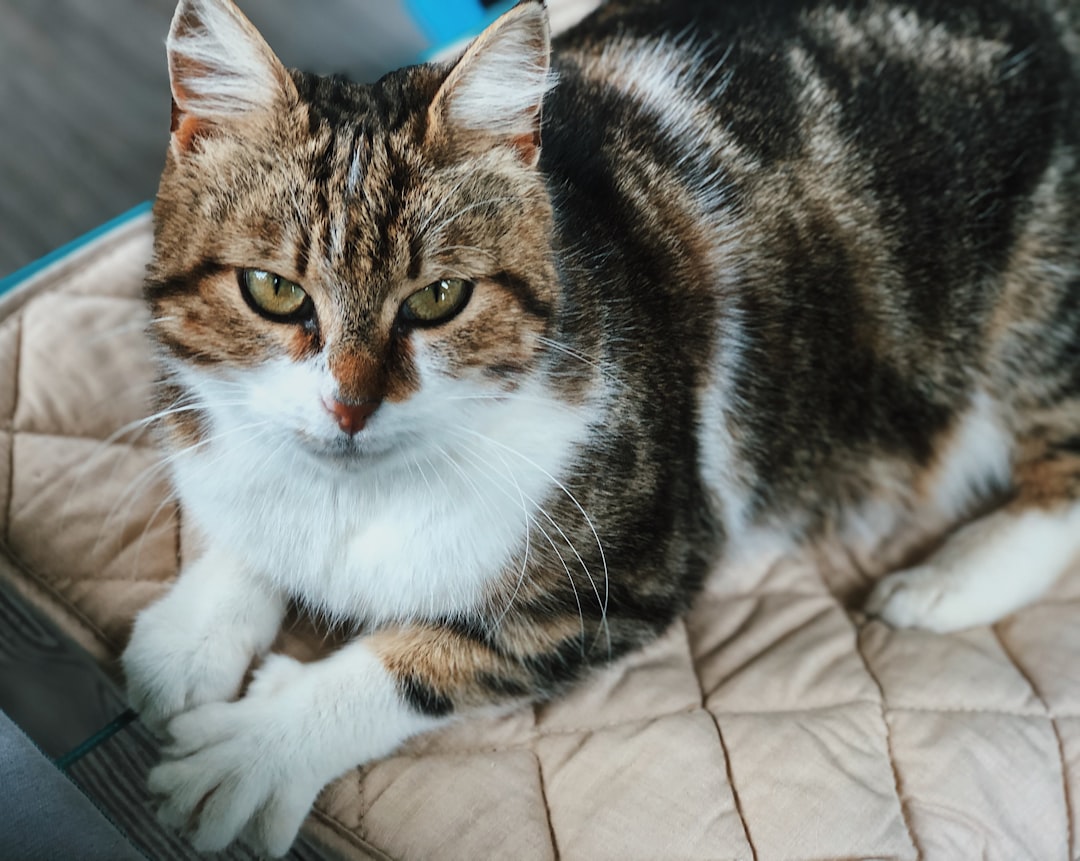
Training Tips for Siamese Lynx Owners
Training a Siamese Lynx can be a rewarding experience due to their intelligence and playful nature. Here are some effective tips to enhance your training sessions:
- Start Early: Begin training when they are kittens, as they adapt more easily to commands and structure.
- Use Positive Reinforcement: Reward your Siamese Lynx with treats or praise for good behavior. This encourages them to repeat the actions you desire.
- Short Sessions: Keep training sessions brief (5-10 minutes) to maintain their attention. Use multiple short sessions throughout the day.
- Consistent Commands: Use specific, consistent commands for behaviors. This helps your Siamese Lynx understand what you want more quickly.
- Socialization: Expose your lynx to different environments, people, and animals to build confidence and reduce anxiety.
- Patience is Key: Every cat learns at its own pace. Be patient and maintain a positive attitude.
By following these tips, you will create a strong bond with your Siamese Lynx while ensuring they develop good behaviors and habits.
Health Concerns and Regular Veterinary Care
Caring for a Siamese lynx involves vigilance regarding its health. Regular veterinary care plays a crucial role in maintaining the well-being of your unique feline companion. Here are the key health concerns and essential care tips for your Siamese lynx:
- Routine Check-ups: Schedule veterinary visits at least once a year. These check-ups help in early detection of potential issues.
- Vaccinations: Ensure timely vaccinations against common diseases such as feline leukemia and rabies. Discuss any additional vaccines suitable for your area with your vet.
- Parasite Prevention: Regularly administer preventative treatments for fleas, ticks, and worms. These can significantly affect your Siamese lynx’s health.
- Dietary Monitoring: Maintain a balanced diet tailored for the Siamese lynx’s specific needs. Improper nutrition can lead to obesity and related health problems.
Signs of Illness to Watch For:
- Sudden changes in appetite or weight
- Persistent vomiting or diarrhea
- Lethargy or unusual behavior
Staying proactive about your Siamese lynx’s health can ensure a long and happy life, while regular veterinary care builds a trusting relationship for better health outcomes.
Grooming Requirements for Optimal Care
Grooming is essential for maintaining the health and appearance of your siamese lynx. Regular grooming not only enhances their coat but also fosters a strong bond between you and your pet. Here’s what you need to consider for optimal grooming:
Brushing:
Frequency: Once a week.
Tool: A slicker brush works best.
Benefit: Reduces shedding and prevents matting.Bathing:
Frequency: Every 2-3 months or as needed.
Product: Use a mild, cat-friendly shampoo.
Benefit: Keeps their coat clean without drying their skin.Nail Trimming:
Frequency: Every 2-4 weeks.
Method: Use cat-specific nail clippers.
Benefit: Prevents overgrowth and reduces scratching.Ear Cleaning:
Frequency: Monthly.
Product: A vet-recommended ear cleaner.
Benefit: Prevents infections and wax buildup.Dental Care:
Frequency: Daily brushing is ideal, but aim for at least 2-3 times a week.
Tool: Use cat toothpaste and a finger brush.
Benefit: Reduces tartar buildup and maintains oral health.
Investing time in grooming your siamese lynx not only ensures they look their best but also keeps them healthy and happy.
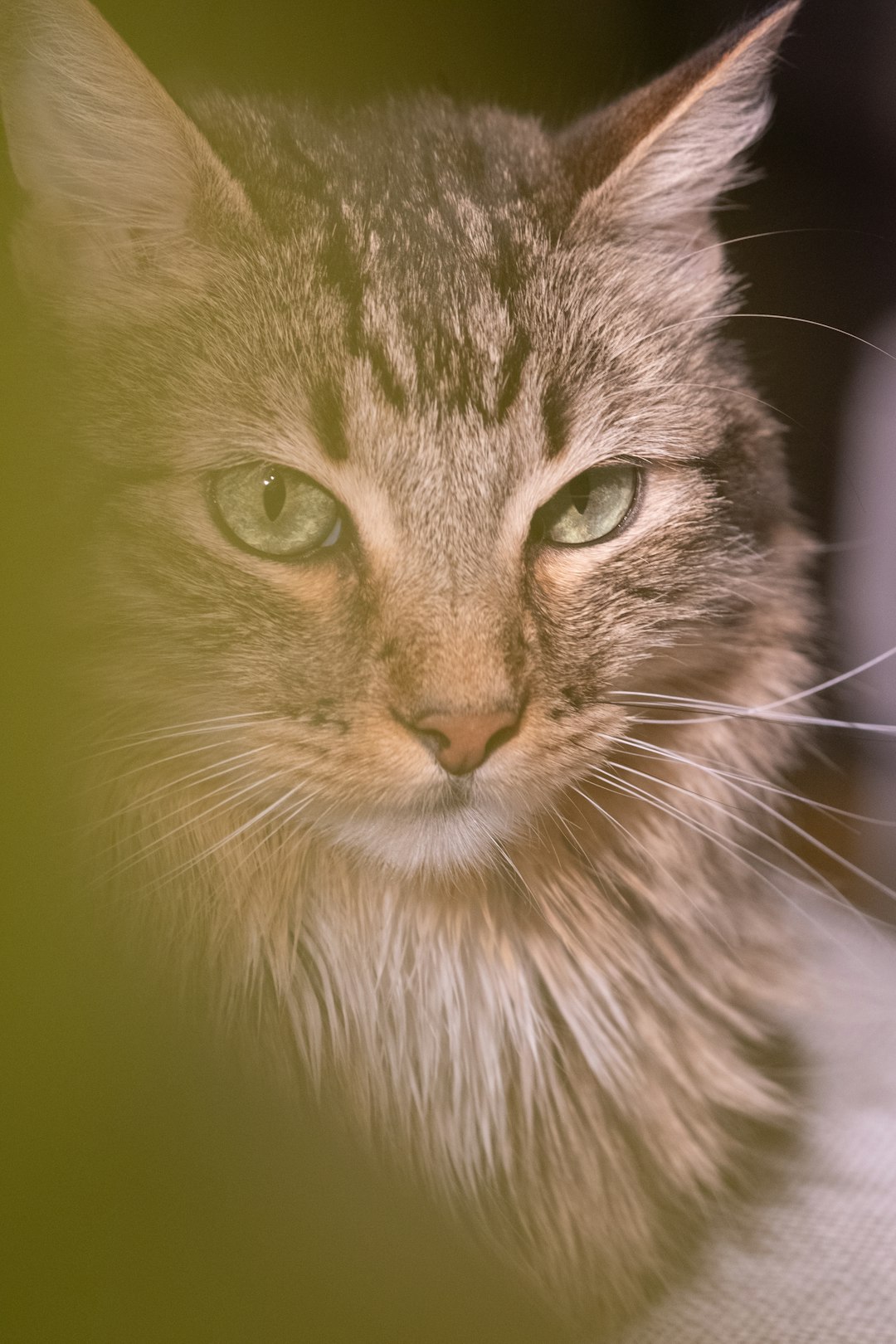
Understanding the Unique Blend of Siamese Lynx
The Siamese Lynx stands out as an intriguing hybrid between the domestic cat and the wild lynx. This unique blend showcases a variety of striking features and personality traits that endear them to feline enthusiasts. Here are some characteristics that define this fascinating breed:
- Physical Appearance: The Siamese Lynx inherits the sleek, graceful physique from the Siamese and the tufted ears and powerful build from the lynx, creating a captivating visual allure.
- Temperament: These cats expertly combine the affectionate nature of Siamese cats with the playful and independent spirit of lynxes, resulting in companions who are sociable yet enjoy roaming.
- Intelligence: With high intelligence levels, the Siamese Lynx thrives on mental stimulation and engages in interactive play, making them both fun and challenging pets.
In summary, owning a Siamese Lynx offers a unique experience that captures the best traits of both worlds. Their distinctive qualities and charming personalities ensure they become cherished family members.
Frequently Asked Questions
What are the distinctive traits of a Siamese Lynx?
The Siamese Lynx is known for its striking appearance, combining features of both Siamese cats and lynxes. They typically exhibit a sleek, muscular body, tufted ears, and a short bobtail reminiscent of their lynx ancestry. Their coat is often short and features a mix of colors, commonly seen in the classic Siamese patterns such as point coloration—darker hues on the ears, face, paws, and tail, with a lighter shade on the body. This unique combination gives them an exotic and alluring look that draws the attention of cat enthusiasts.
How should I care for a Siamese Lynx?
Caring for a Siamese Lynx involves meeting both their physical and emotional needs. They require a balanced diet appropriate for their age and activity level to maintain their health. Regular grooming, including brushing their short coat a few times a week, helps to reduce shedding and keep their skin healthy. Providing ample exercise is crucial; interactive playtime and opportunities for climbing must be included in their routine. Equally important is mental stimulation, as these cats are intelligent and curious, benefiting from puzzle toys and engaging activities.
Are Siamese Lynx good pets for families?
Yes, Siamese Lynx can be excellent pets for families. They possess a friendly, sociable temperament and are often very affectionate with their human companions. Their playful and outgoing nature makes them great companions for children, provided that the children are taught how to interact gently with pets. Additionally, they tend to get along well with other pets, given their adaptable personalities. However, like any pet, early socialization and training are essential to ensure they develop into well-rounded family members.
What health issues are common in Siamese Lynx?
Siamese Lynx, like many hybrid breeds, can be prone to certain health issues. Some common concerns include respiratory problems due to their unique facial structure, as well as genetic conditions like hip dysplasia and certain types of heart disease, particularly hypertrophic cardiomyopathy. Regular veterinary check-ups are essential to monitor their health and catch any potential issues early. Additionally, providing a healthy diet and maintaining an active lifestyle can help mitigate some health risks, ensuring your Siamese Lynx remains happy and healthy.

